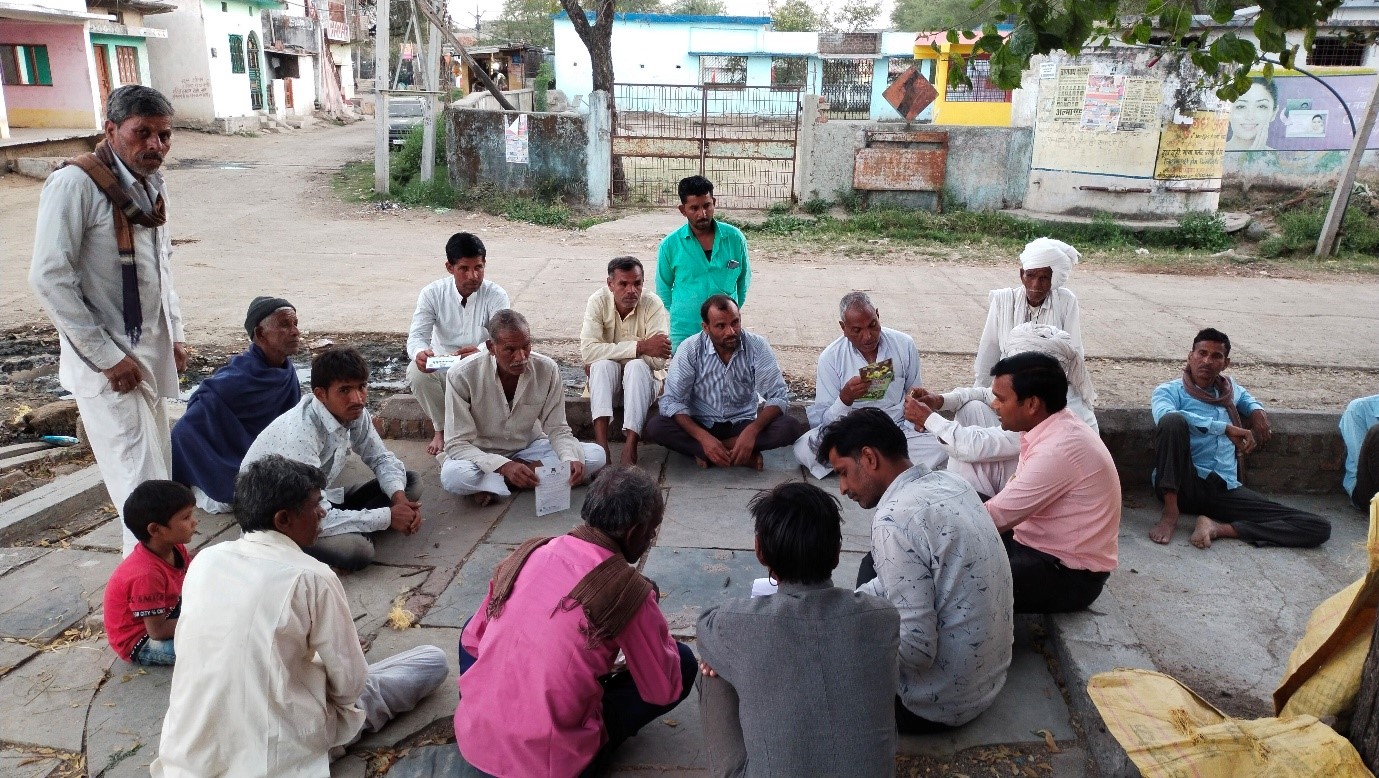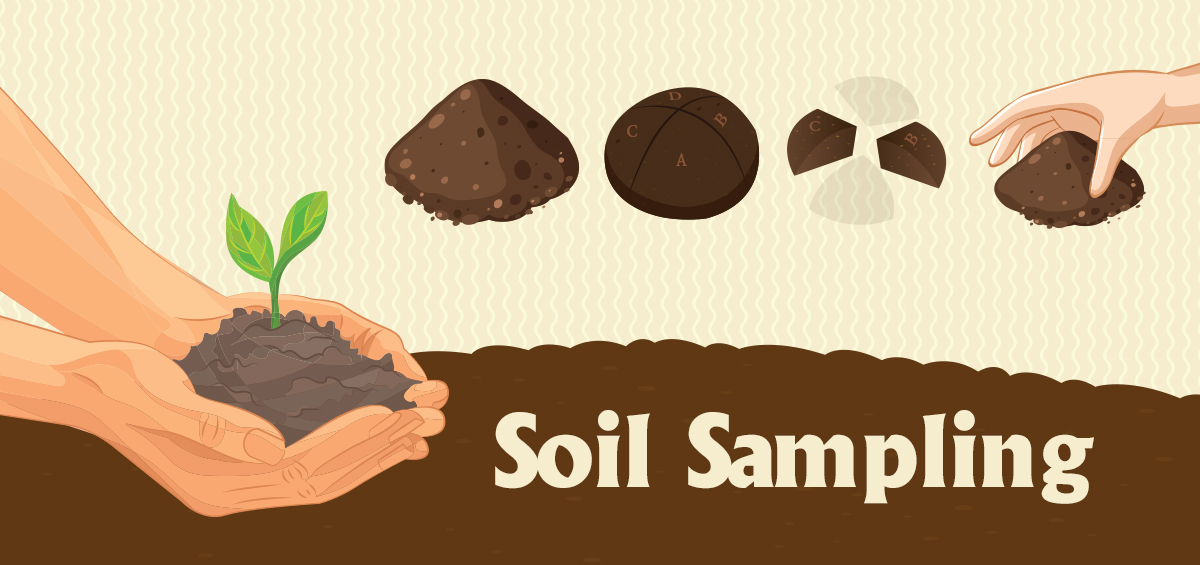
Soil is a perfect blend of essential components that support plant growth. It consists of 45% minerals that form its structure, 25% water that hydrates plants, and 25% air that provides oxygen for roots and microbes. The remaining 5% of soil composition is organic matter, consisting of both living and non-living components; like soil- dwelling microbes, flora and fauna, decomposed plants and animals, as well as organic residues that enrich the soil with essential nutrients, improving its fertility and structure. This balanced composition ensures fertility, proper drainage, and a healthy environment for crops.
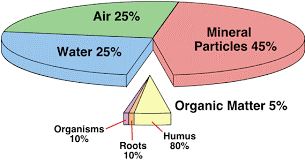
India’s soil diversity is as vast and rich as its culture! Alluvial soil in river plains sustains wheat and rice, while black soil in the Deccan is perfect for cotton. Red and yellow soils support millets, and laterite soil aids tea and coffee growth. Mountain soil nourishes fruits, while arid soil supports crops like millets and wheat. With this diversity, soil nutrition also varies, influencing the type of crops that thrive in each region.
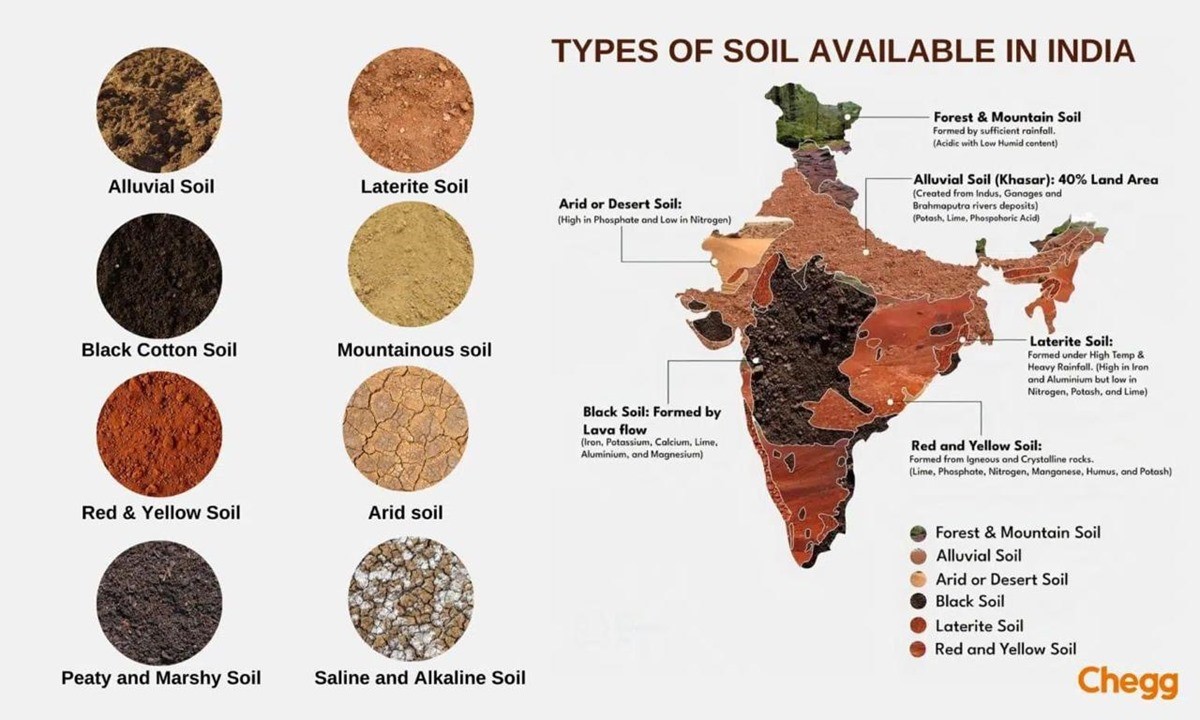
Soil type and structure, including texture and compaction, affect nutrient movement and plant root access. Soil testing helps manage these factors to optimize nutrient availability and enhance soil health.
Soil sampling is crucial for effective soil testing and ensures accurate results. A precise sampling method is essential, as even advanced testing can't make up for poor practices. Proper soil testing reveals nutrient levels and soil health, helping farmers make informed decisions to improve crop yields.
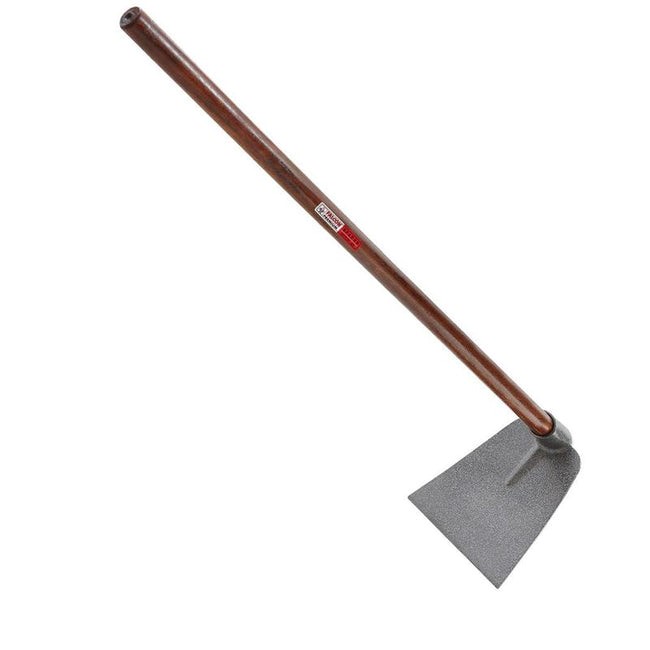

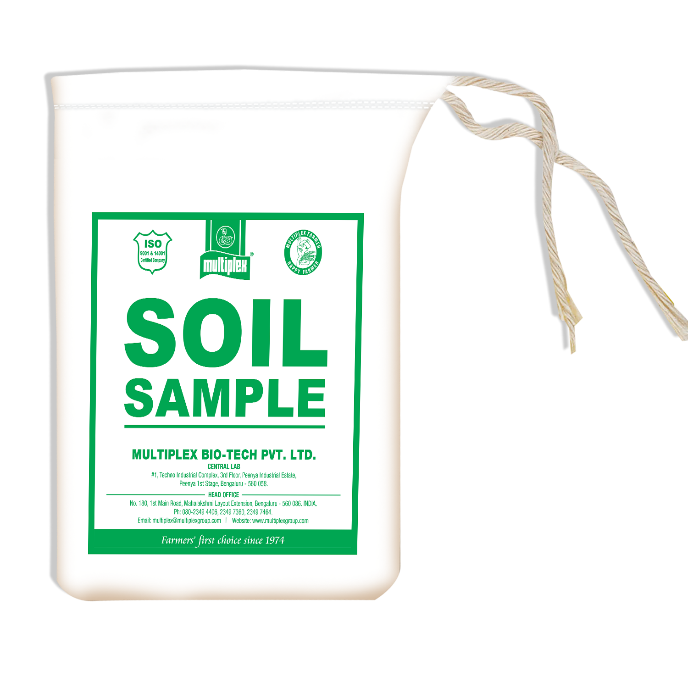



When conducting soil sampling, it's essential to consider the root depth of the crops in question. For shallow-rooted crops, such as herbs and leafy greens, samples should be collected from the top 0-15 cm of soil, where these plants primarily absorb nutrients and water.
For deep-rooted crops like potatoes and corn, it's crucial to sample down to at least 30 cm, as these plants extend their roots deeper into the soil to access moisture and nutrients.
In the case of horticultural crops, sampling depth can vary significantly based on the specific root penetration of each plant species. It is advisable to assess the individual root structures to determine the most effective depths for sampling, ensuring accurate and representative soil analysis for optimal growth.
Soil sampling should be avoided under the following circumstances:
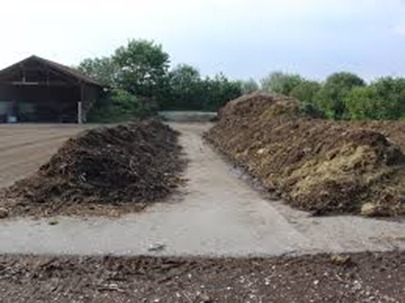

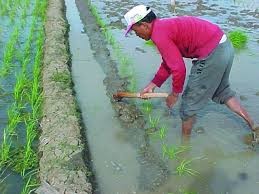
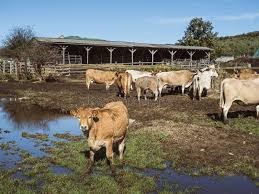
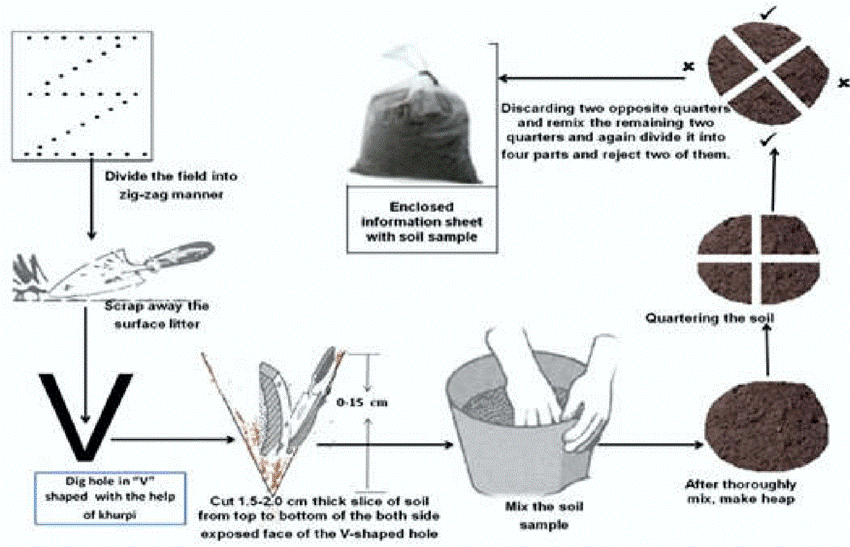
After sampling, the final sample should be placed in a specially designed Multiplex soil sampling bag. The sample bag should be labeled with essential details, including:
The best place for soil testing is Multiplex NABL Accredited Laboratory. NABL (National Accreditation Board for Testing and Calibration Laboratories) accreditation ensures that the testing process follows stringent quality standards, providing accurate and reliable results. Our state-of-the-art facility is equipped with advanced technology to deliver precise soil health assessments. After completing the soil sampling process, securely seal the bag and courier it to our Multiplex Soil Lab.
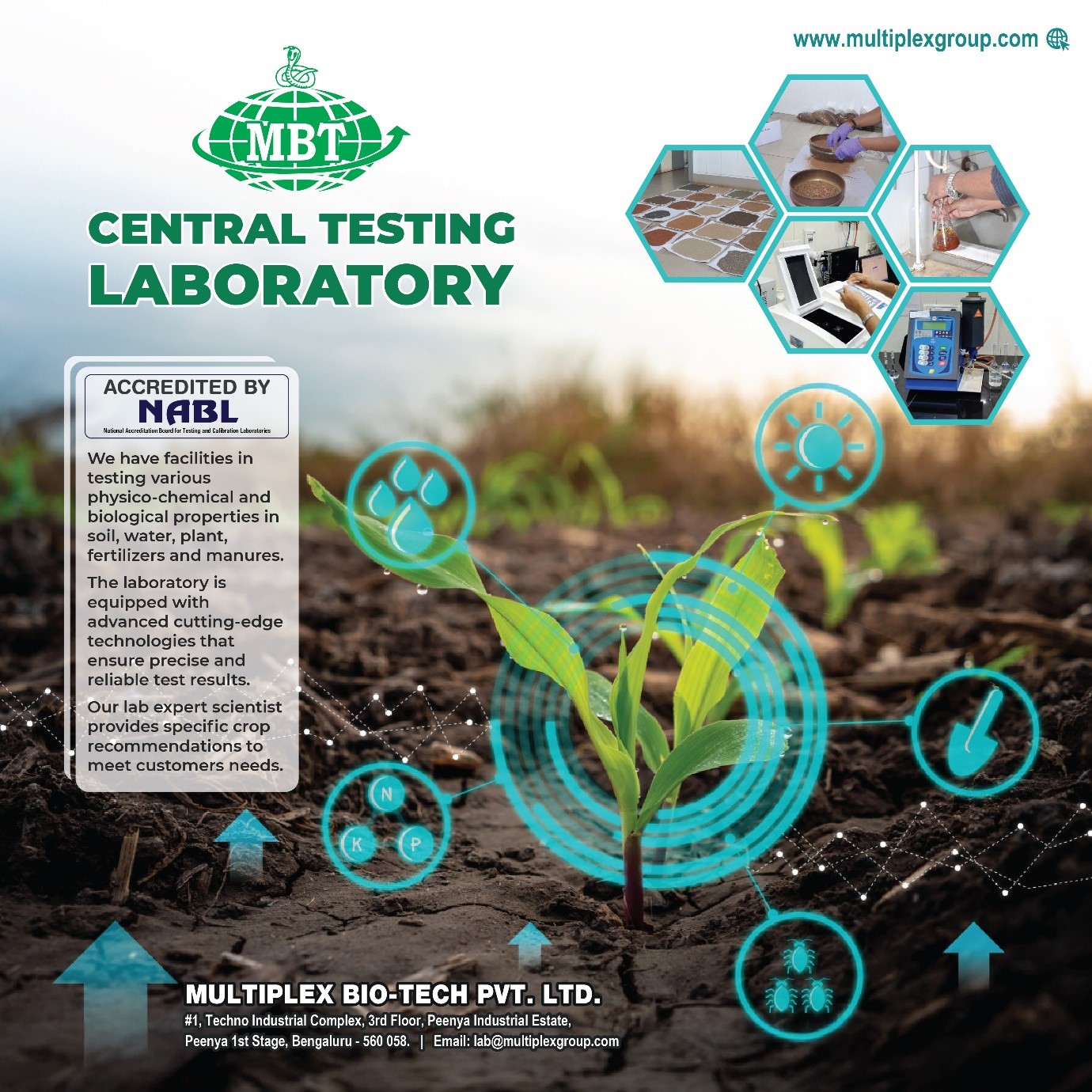
At Multiplex, we provide a comprehensive soil analysis report that includes:
Become a member of our Farmers Club and enjoy special discounts on soil sampling services. Get expert guidance, priority support, and cost-effective solutions for your farming needs.
